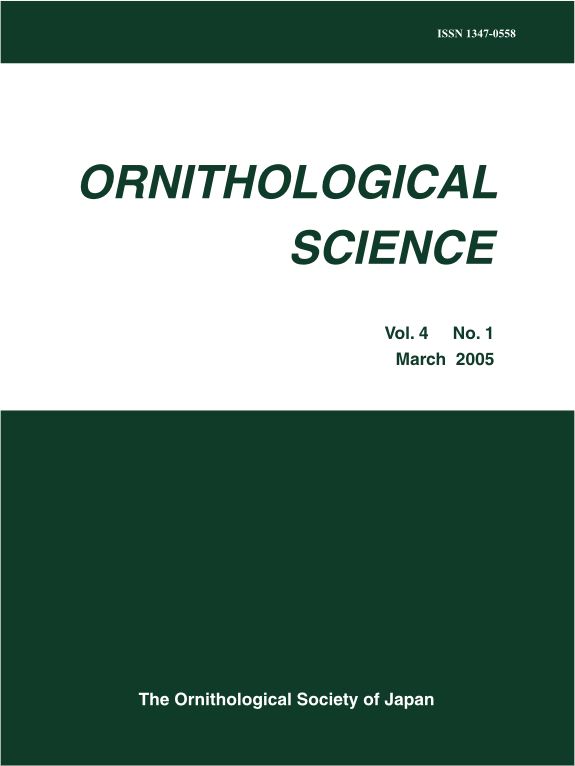Volume 7, Issue 2
Displaying 1-9 of 9 articles from this issue
- |<
- <
- 1
- >
- >|
ORIGINAL ARTICLES
-
Article type: Original Article
2008Volume 7Issue 2 Pages 109-116
Published: December 25, 2008
Released on J-STAGE: December 30, 2008
Download PDF (141K) -
Article type: Original Article
2008Volume 7Issue 2 Pages 117-122
Published: December 25, 2008
Released on J-STAGE: December 30, 2008
Download PDF (150K) -
Article type: Original Article
2008Volume 7Issue 2 Pages 123-134
Published: December 25, 2008
Released on J-STAGE: December 30, 2008
Download PDF (495K) -
Article type: Original Article
2008Volume 7Issue 2 Pages 135-142
Published: December 25, 2008
Released on J-STAGE: December 30, 2008
Download PDF (155K) -
Article type: Original Article
2008Volume 7Issue 2 Pages 143-156
Published: December 25, 2008
Released on J-STAGE: December 30, 2008
Download PDF (208K)
SHORT COMMUNICATIONS
-
Article type: Short Communication
2008Volume 7Issue 2 Pages 157-161
Published: December 25, 2008
Released on J-STAGE: December 30, 2008
Download PDF (190K) -
The first confirmation of the non-breeding habitat of Japanese Murrelets Synthliboramphus wumizusumeArticle type: Short Communication
2008Volume 7Issue 2 Pages 163-165
Published: December 25, 2008
Released on J-STAGE: December 30, 2008
Download PDF (3860K) -
Article type: Short Communication
2008Volume 7Issue 2 Pages 167-171
Published: December 25, 2008
Released on J-STAGE: December 30, 2008
Download PDF (46K) -
Article type: Short Communication
2008Volume 7Issue 2 Pages 173-177
Published: December 25, 2008
Released on J-STAGE: December 30, 2008
Download PDF (755K)
- |<
- <
- 1
- >
- >|
